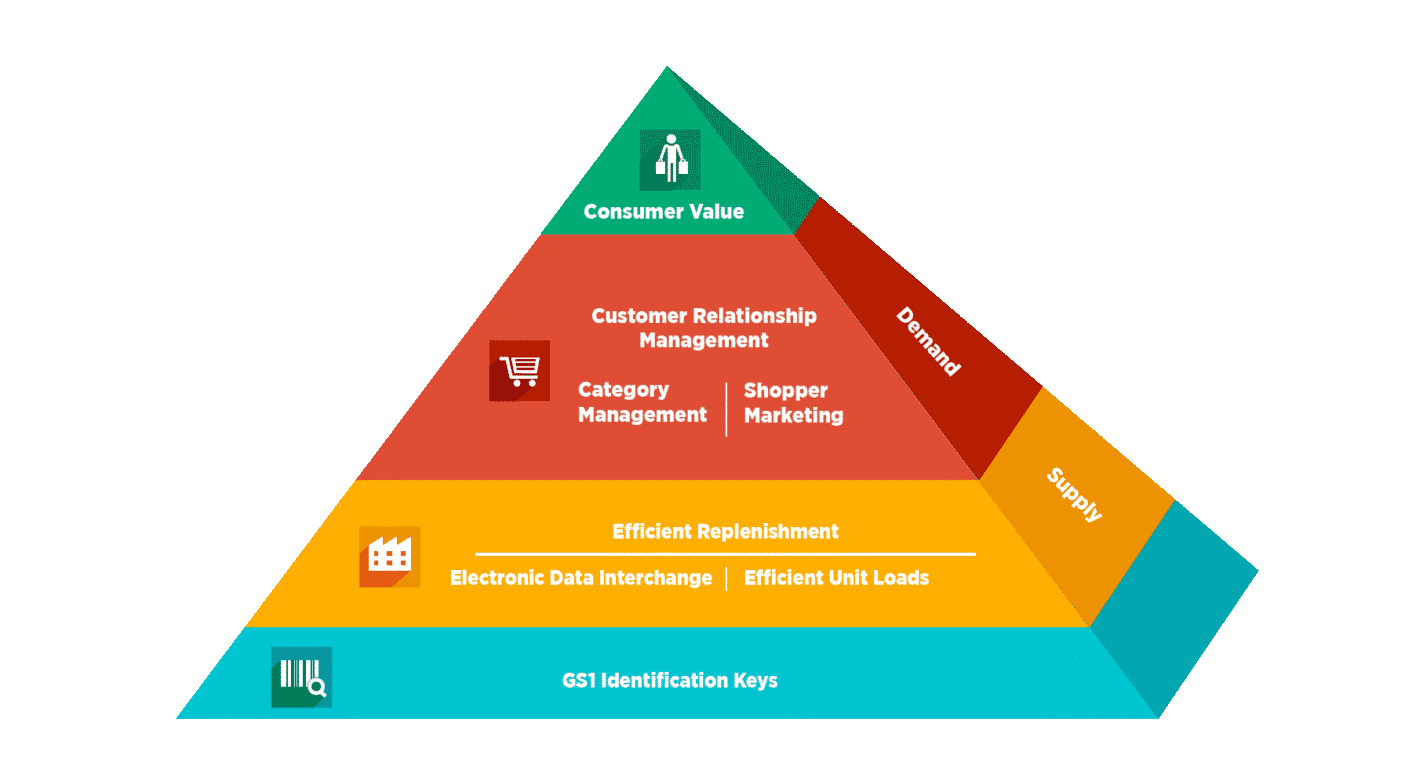Overcoming Barriers: Strategies for Successful ECR Implementation
Implementing Efficient Consumer Response (ECR) can be transformative for businesses, but it comes with its challenges. Successful adoption requires overcoming various barriers and implementing effective strategies to ensure seamless integration and optimal results.
One of the primary barriers to ECR implementation is resistance to change. Many businesses may be hesitant to disrupt existing processes or invest in new technologies. Overcoming this barrier requires strong leadership commitment and clear communication about the benefits of ECR, such as improved efficiency, reduced costs, and enhanced customer satisfaction.
Another challenge is aligning interests and objectives across different stakeholders in the supply chain. ECR emphasizes collaboration between manufacturers, distributors, and retailers. To overcome this barrier, businesses need to foster a culture of cooperation, transparency, and mutual benefit. Establishing shared goals and incentives can help align interests and drive collective success.
Technology integration is also a critical aspect of ECR implementation. Adopting advanced data analytics, inventory management systems, and collaborative planning tools is essential for optimizing supply chain processes. Businesses should invest in robust IT infrastructure and provide training to ensure that employees can effectively utilize these technologies.
Furthermore, overcoming barriers requires a proactive approach to risk management and continuous improvement. Businesses must anticipate potential challenges, such as logistical complexities or regulatory changes, and develop contingency plans to mitigate risks. Regular performance evaluation and feedback loops help identify areas for improvement and ensure ongoing success.
Successful ECR implementation also relies on measurement and accountability. Establishing key performance indicators (KPIs) allows businesses to track progress, monitor outcomes, and make data-driven decisions. Continuous monitoring and adjustment of strategies based on performance insights are crucial for sustaining momentum and achieving long-term success.
In conclusion, while implementing Efficient Consumer Response (ECR) may present challenges, businesses can overcome these barriers through strategic planning, technology adoption, collaboration, and a commitment to continuous improvement. By addressing these challenges head-on, businesses can unlock the full potential of ECR and drive lasting value across their supply chains.









































